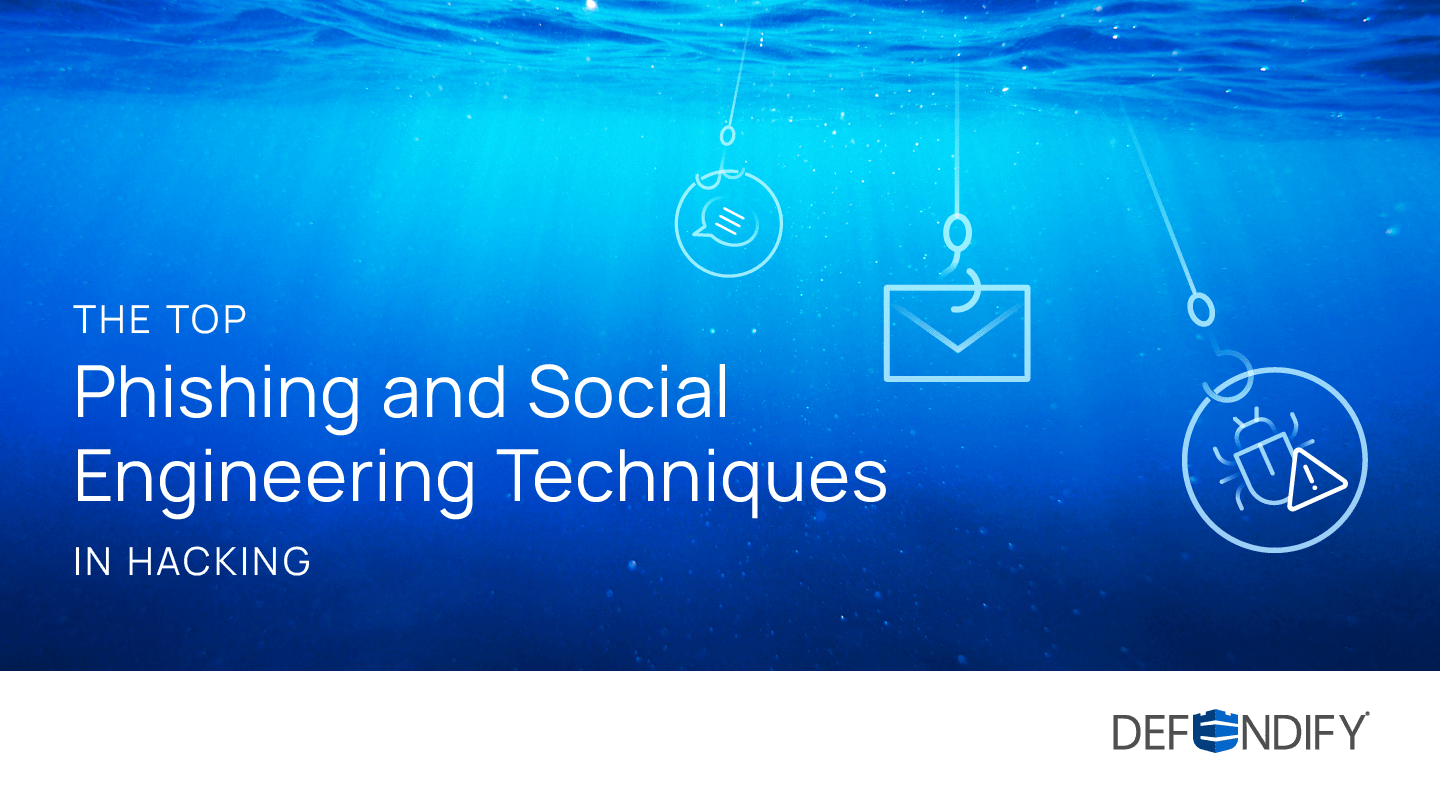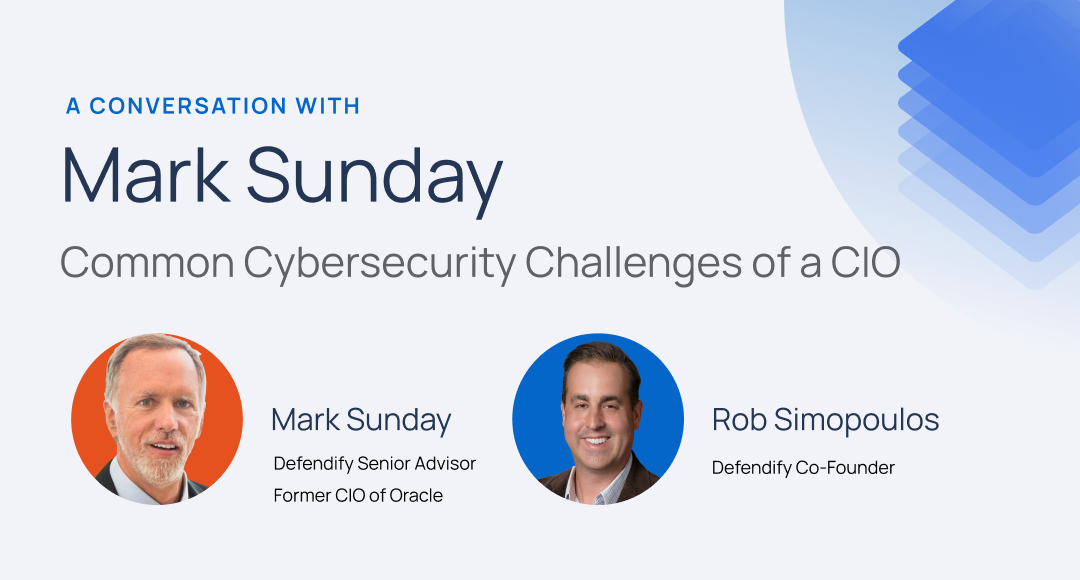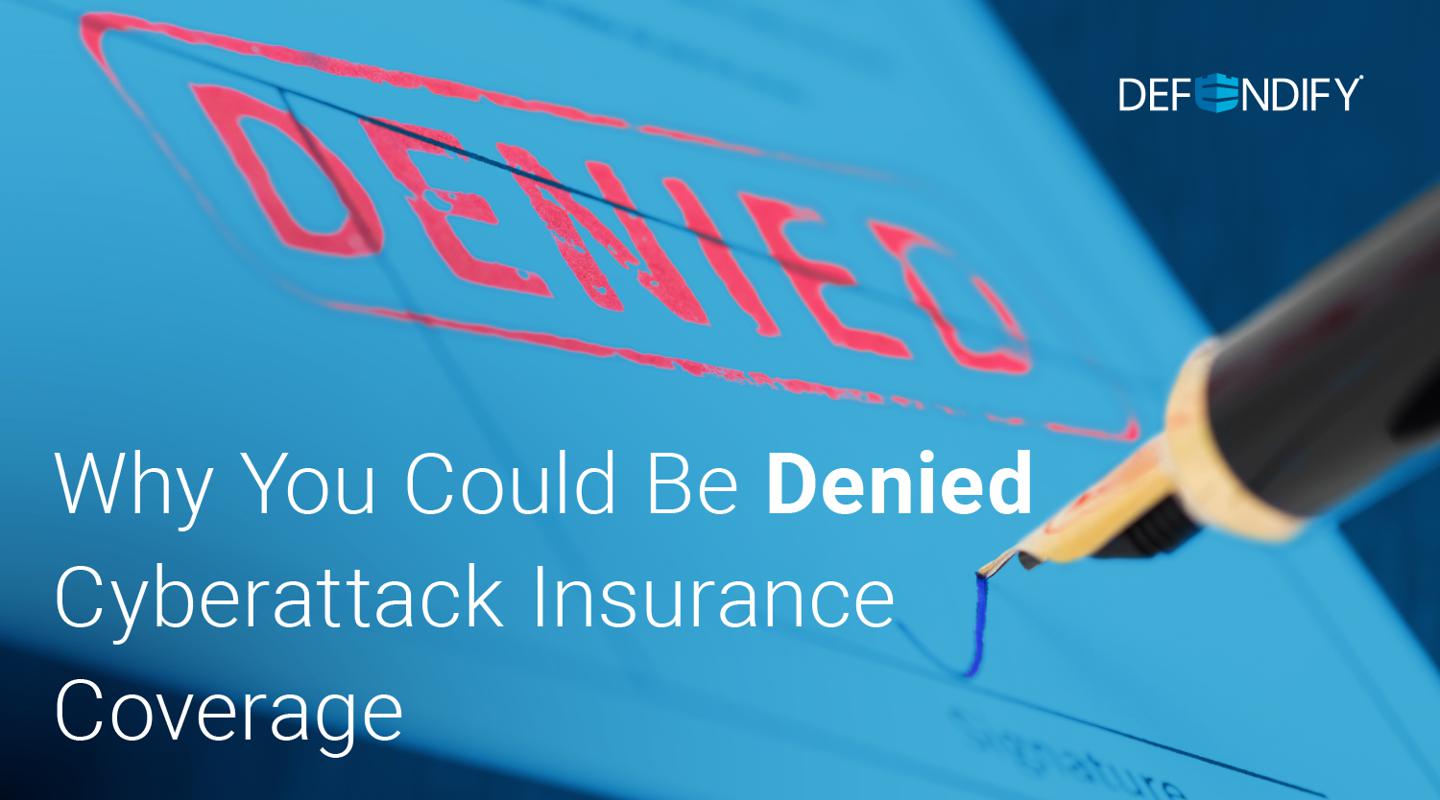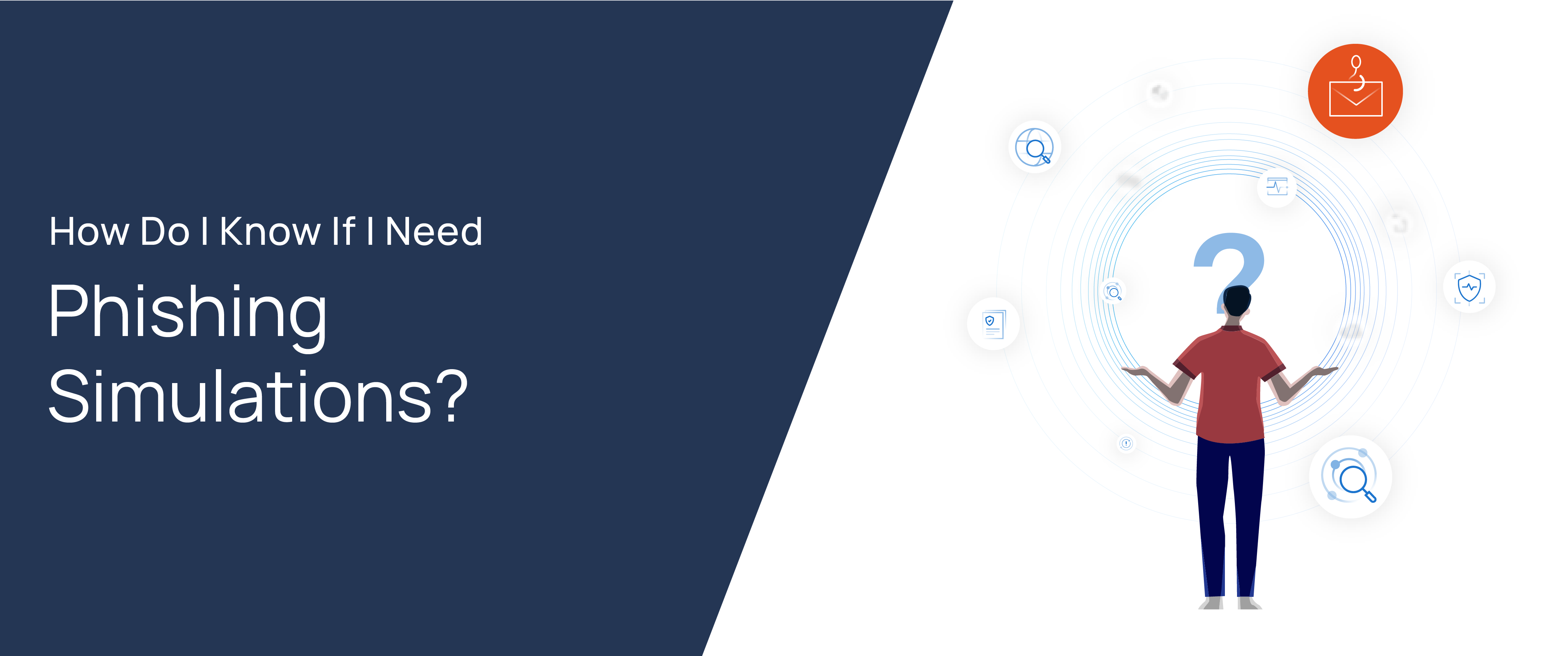They arrive in our inboxes in all forms – deals from brands we love, notifications of delivered packages, urgent requests from a new manager, invitations to connect on LinkedIn and Facebook. Sometimes they’re glaringly obvious, and we scoff at their poor grammar and obvious misspellings. Other times they are tricky to spot, near carbon-copies of an email we might typically engage with in our inbox. And no matter how hard we try to stop them, the phishing emails just keep coming.
If we can’t block phishing emails entirely, then what are we to do? It’s simple: train and educate everyone in your organization by regularly sending phishing simulation emails. Coupled with real-time education if someone “takes the bait” and opens a link or attachment, phishing simulations are an engaging and effective way to test and condition your team to recognize and evade email attacks.
What are phishing simulations?
Phishing simulations are actual emails sent to employees that are meant to mimic real life, recent, and relevant phishing style attacks. These simulated attacks help guard your business against social engineering threats by training your employees to identify and report them.
Typically, a phishing simulation is paired with a point-of-failure training when someone clicks on a link or opens an attachment. These trainings commonly come in the form of a quick quiz or short video meant to reinforce the practice of carefully reviewing emails and following proper protocol for when a phishy email arrives, like calling the sender to confirm authenticity or reporting to IT.
We’re a pretty sophisticated team. How do I know if I really need phishing simulations?
Phishing simulations are an excellent tool for businesses of all sizes and industries, regardless of how well-versed you and your team might be in cybersecurity. All it takes is one click on the wrong email to open the door for an attack, and since real phishing emails target everyone from Accounting and HR to the CEO and Board of Directors, phishing simulations should be sent to everyone in the organization, top to bottom.
Who should deploy and manage phishing simulations?
Typically, the responsibility of launching the campaigns and tracking participation falls to either IT or HR.
What should we do with the results of the phishing simulations?
Metrics on clicks and training completion should be reviewed by managers or senior leadership to better understand trends and where new tools or processes might be needed to enforce safe email habits and protect sensitive company data.
When should phishing simulations be deployed?
Regular, but unpredictable, phishing simulation emails help protect employees from falling victim to an actual phishing attack by keeping them on alert. Consider a monthly cadence to help reinforce best practices for avoiding a phishing attack, or leverage automated campaigns that do the legwork for you. A regular schedule also gives leadership a chance to review reports and use the results to improve overall cybersecurity processes and posture.
How does a phishing simulation work?
The phishing simulation email will typically be sent using a web-based tool specifically designed to develop and deliver these kinds of emails while tracking their opens, clicks and training completions. A phishing simulation email will be sent directly to each employee’s inbox. To make it through spam and junk filters, the phishing tool’s IP address is often whitelisted to ensure deliverability.
Tip: To give everyone a chance to participate in these valuable training opportunities, make sure employees know NOT to share with their neighbor or via internal messaging systems when they accidentally click on a phishing simulation.
Why are phishing simulations important?
- According to Forbes, the most common causes of cyberattacks are malware (22%) and phishing (20%). By regularly receiving phishing simulations, employees are better equipped to recognize suspicious emails and protect your business from a cybersecurity incident.
- Regular phishing simulations include training and reinforce email best-practices. By clicking on phishing simulation email links and attachments and completing training, everyone learns how to recognize and avoid phishing attacks. Email users are more likely to slow down and pay attention to the sender, the links in the email, and any attachments—all ways malware can be delivered.
- Phishing simulations train your team to be cyber-defenders! Now that your employees know what they are looking for they will be more likely to report suspicious emails to IT who can in turn warn the rest of the company and block the sender. They will also be more cyber-aware in general, on the lookout for suspicious activity beyond email alone.
Go Phish
With no end to phishing emails in sight and no sure-fire way to prevent them from hitting our inboxes, it’s important to make sure everyone is on alert and educated about the risks and methods used to lure unsuspecting victims in. Employing a phishing simulation tool is a key part to continuously improving cybersecurity posture across your organization.
More resources:
- How to Spot a Phish: Tips to Spoil Advanced Phishing Attempts (webinar)
- 5 Tips for Implementing a Successful Social Engineering and Phishing Training Program (blog)
- How to Prevent a Security Breach in the Workplace (blog)
Learn more about how the Defendify Phishing Simulation Tool can help strengthen your teams’ phishing radar and reflexes.
Resources & insights

The Top Phishing and Social Engineering Techniques in Hacking

The Ultimate Guide to Phishing & Social Engineering

The Ultimate Tackle Box: How to Fight Phishing

The Top Phishing and Social Engineering Techniques in Hacking

The Ultimate Guide to Phishing & Social Engineering

The Ultimate Tackle Box: How to Fight Phishing
Protect and defend with multiple layers of cybersecurity
Defend your business with All-In-One Cybersecurity®.
Explore layered
security
Learn more about Defendify’s three key layers and All-In-One Cybersecurity®.
How can we help?
Schedule time to talk to a cybersecurity expert to discuss your needs.
See how it works
See how Defendify’s platform, modules, and expertise work to improve security posture.








